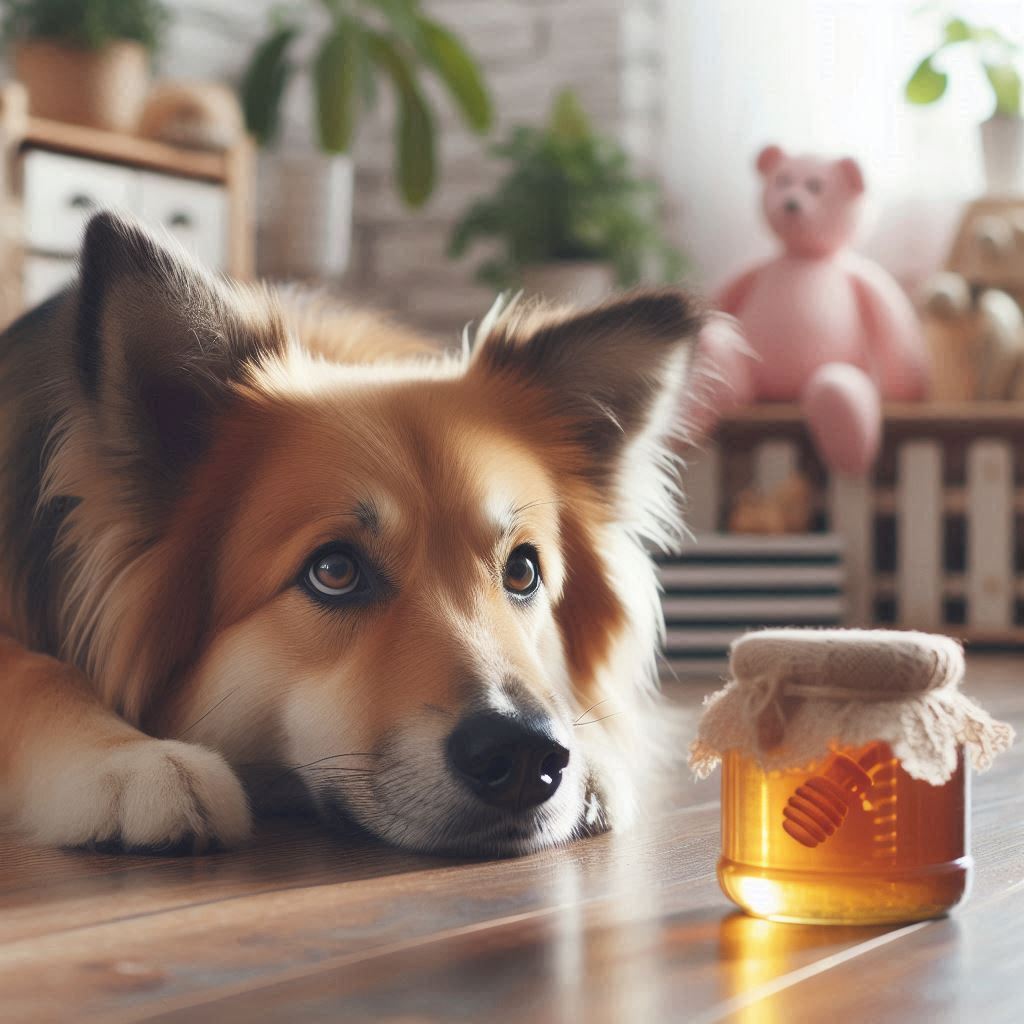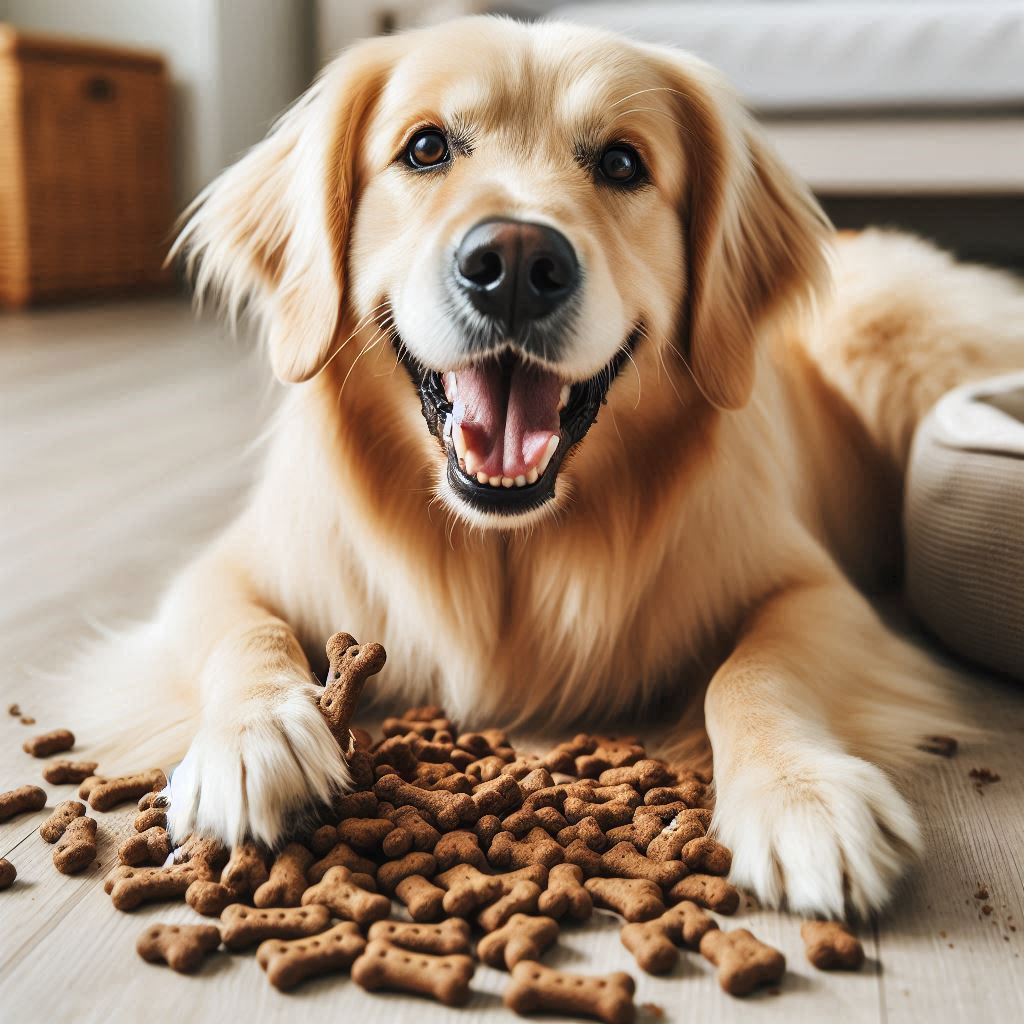Honey is a natural sweetener that many people enjoy, but did you know it can also be beneficial for dogs? In this blog post, we’ll explore the benefits and risks of feeding honey to your furry friend. We’ll also provide some tips on how to safely include honey in your dog’s diet.

Benefits of Honey for Dogs
- Natural Energy Booster: Honey is a great source of natural sugars, which can provide a quick energy boost for your dog. This can be especially helpful for active dogs or those needing a little extra pep in their step.
- Antioxidant Properties: Honey contains antioxidants that help protect your dog’s body from harmful free radicals. This can support overall health and may help prevent certain diseases.
- Soothes Sore Throats and Coughs: If your dog has a sore throat or cough, a small amount of honey can help soothe their discomfort. Honey’s natural antibacterial properties can also help fight off minor infections.
- Allergy Relief: Some dog owners use honey to help with their pets’ seasonal allergies. The idea is that local honey contains small amounts of pollen, which can help build up your dog’s tolerance to allergens over time.
- Digestive Aid: Honey can help with minor digestive issues. Its natural enzymes can aid in digestion and soothe an upset stomach.
Risks of Feeding Honey to Dogs
While honey has many benefits, it’s important to be aware of the potential risks:
- High Sugar Content: Honey is high in sugar, which can lead to weight gain and dental problems if fed in large amounts. Always give honey in moderation.
- Botulism Spores: Raw honey can contain botulism spores, which can be harmful to puppies and dogs with compromised immune systems. It’s best to avoid raw honey and opt for pasteurized honey instead.
- Diabetic Dogs: If your dog is diabetic, honey is not a good choice due to its high sugar content. Always consult your vet before introducing new foods to a diabetic dog’s diet.
How to Safely Feed Honey to Your Dog
If you decide to give your dog honey, here are some tips to do it safely:
- Start Small: Begin with a small amount of honey to see how your dog reacts. A teaspoon a day is usually enough for most dogs.
- Mix with Food: You can mix honey into your dog’s food or use it as a topping for their treats. This makes it easier for your dog to consume and enjoy.
- Monitor for Reactions: Keep an eye on your dog for any adverse reactions, such as digestive upset or allergic symptoms. If you notice any issues, stop feeding honey and consult your vet.
- Brush Their Teeth: Since honey is sugary, it’s a good idea to brush your dog’s teeth after they eat honey to prevent dental problems.
Conclusion
Honey can be a healthy and tasty treat for dogs when given in moderation. It offers several benefits, including energy boosts, antioxidant properties, and soothing sore throats. However, it’s important to be mindful of the risks, such as high sugar content and potential for botulism spores. Always consult your vet before adding new foods to your dog’s diet, especially if they have health conditions like diabetes.
By following these guidelines, you can safely enjoy the benefits of honey with your furry friend. Remember, moderation is key to keeping your dog happy and healthy!



